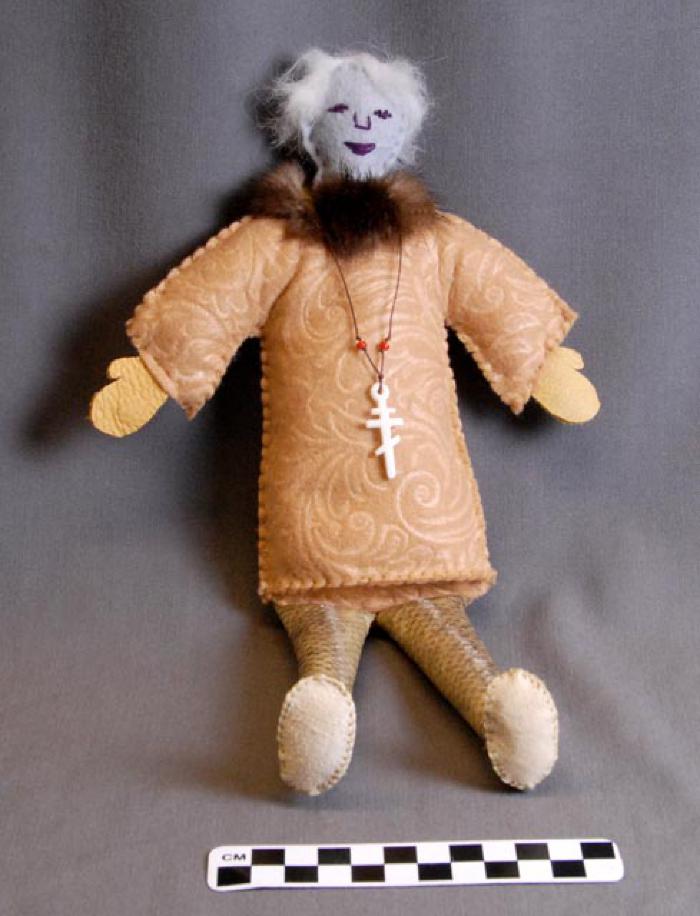Creole — Kasaakaruaq

The term Creole comes from the Spanish word criollo — meaning native to the place. In nineteenth-century Kodiak, Russian entrepreneurs used this term for individuals of both Russian and Native ancestry, an increasingly large and segregated part of Kodiak’s population. Descent was not the only defining characteristic of the Creole class, however. A person might also be considered Creole based on their achievements. The Alutiiq word for Creole — kasaakaruaq — literally means a kind of Russian or not a real Russian.
Russian entrepreneurs, who needed a steady and reliable source of labor, extended special privileges to people of mixed descent and those who pledged political alliance to Russia. In this way, they create a distinct class of tradesmen, managers, and leaders who were in turn guaranteed basic civil rights. In the mid-nineteenth century, Creoles performed many of the essential administrative functions in Alaska’s Russian American colonies. In Kodiak, they ran schools and businesses including the flour mill, blacksmith shop, tannery, lumberyard, and metal works. They were also trained as priests, teachers, navigators, cartographers, and ship commanders.
According to Russian regulations, Creole status was hereditary, passed through men to their children. The children of a Native man were considered Native. In contrast, the children of a Russian or Creole man were considered Creole. Creoles had the right to an education, were exempt from taxation and obligatory state service, and could move to Russia at the expense of the Russian American Company after ten years of service in America.
